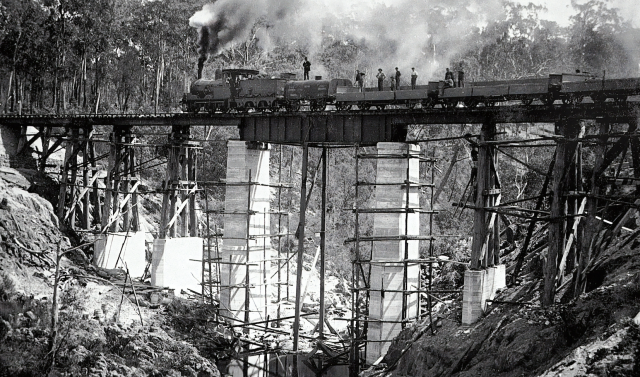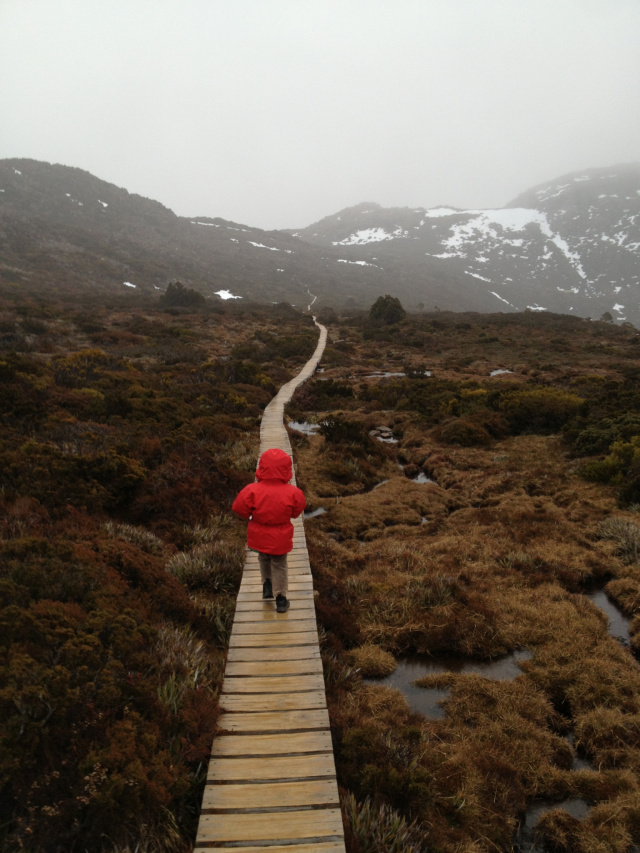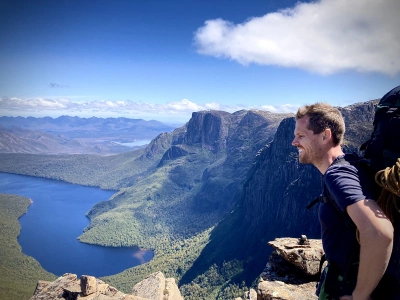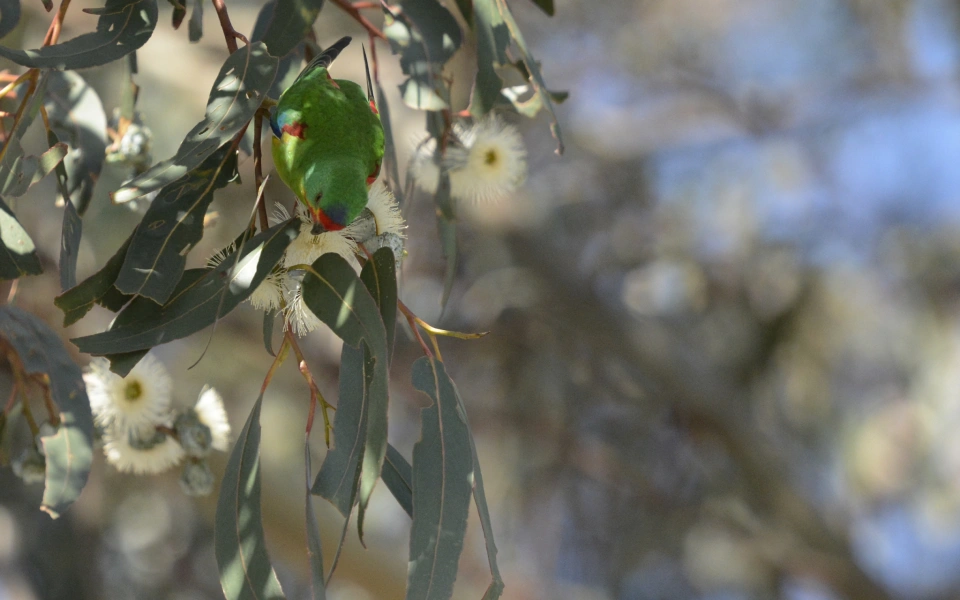Humans and Earth
The nature of Earth, for Humans, is home. We evolved from nature. We need nature for our physical, emotional and spiritual well-being. Throughout our entire existence we have been reliant on nature for our survival.
Over time, though, whilst being reliant on nature, we have also learned how to shape the world around us. A ‘cognitive revolution’ occurred 70,000 years ago whereby elaborate cultures and systems of cooperation developed in human society. The ‘agricultural revolution’ 12,000 years ago accelerated this process, with humans learning how to domesticate plants and animals in farming practices which enabled our population to grow and for us to increasingly shape our surroundings.

The ‘scientific revolution’ of 500 years ago then paved the way for the industrial revolution of 250 years ago, which over the subsequent years has fuelled a dramatic growth in human population, economic activity and resource use across our planet. The digital revolution of the past half century has led to a dizzying pace and scale of changes to human society and economies and how we interact with the world around us. Humanity has grown to become a dominant force shaping the future of our planet.
But these stunning developments have disrupted our relationship with nature and now also bring immense challenges for humanity in the coming century.

The challenge for humanity this century is to re-connect with our natural world. To protect and restore the natural world upon which we all rely. To stabilise human population, to decouple economic growth from growth in resource use, and to re-imagine the way we organise our society and economy so that humans and nature can thrive together.
“It’s surely our responsibility to do everything within our power to create a planet that provides a home not just for us, but for all life on Earth.” – Sir David Attenborough.

Earth & Nature
Life on planet Earth

Life on Earth

Phill Pullinger
The nature of Earth, for Humans, is home. We evolved from nature. We need nature for our physical, emotional and spiritual well-being. Throughout our entire existence we have been reliant on nature for our survival.
Over time, though, whilst being reliant on nature, we have also learned how to shape the world around us. A ‘cognitive revolution’ occurred 70,000 years ago whereby elaborate cultures and systems of cooperation developed in human society. The ‘agricultural revolution’ 12,000 years ago accelerated this process, with humans learning how to domesticate plants and animals in farming practices which enabled our population to grow and for us to increasingly shape our surroundings.

The ‘scientific revolution’ of 500 years ago then paved the way for the industrial revolution of 250 years ago, which over the subsequent years has fuelled a dramatic growth in human population, economic activity and resource use across our planet. The digital revolution of the past half century has led to a dizzying pace and scale of changes to human society and economies and how we interact with the world around us. Humanity has grown to become a dominant force shaping the future of our planet.
But these stunning developments have disrupted our relationship with nature and now also bring immense challenges for humanity in the coming century.

The challenge for humanity this century is to re-connect with our natural world. To protect and restore the natural world upon which we all rely. To stabilise human population, to decouple economic growth from growth in resource use, and to re-imagine the way we organise our society and economy so that humans and nature can thrive together.
“It’s surely our responsibility to do everything within our power to create a planet that provides a home not just for us, but for all life on Earth.” – Sir David Attenborough.

Earth & Nature
Life on planet Earth

Life on Earth
You might like...

Threatened species: don't wait, act now

Basuranggola: A Recycled Kite Festival

From surfing came a love of the ocean

Nature prescribing good for health: Review
Newsletter
Sign up to keep in touch with articles, updates, events or news from Kuno, your platform for nature
